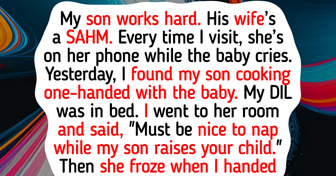I Refuse to Sleep Under the Same Roof as My Stepson — My Daughter’s Safety Comes First

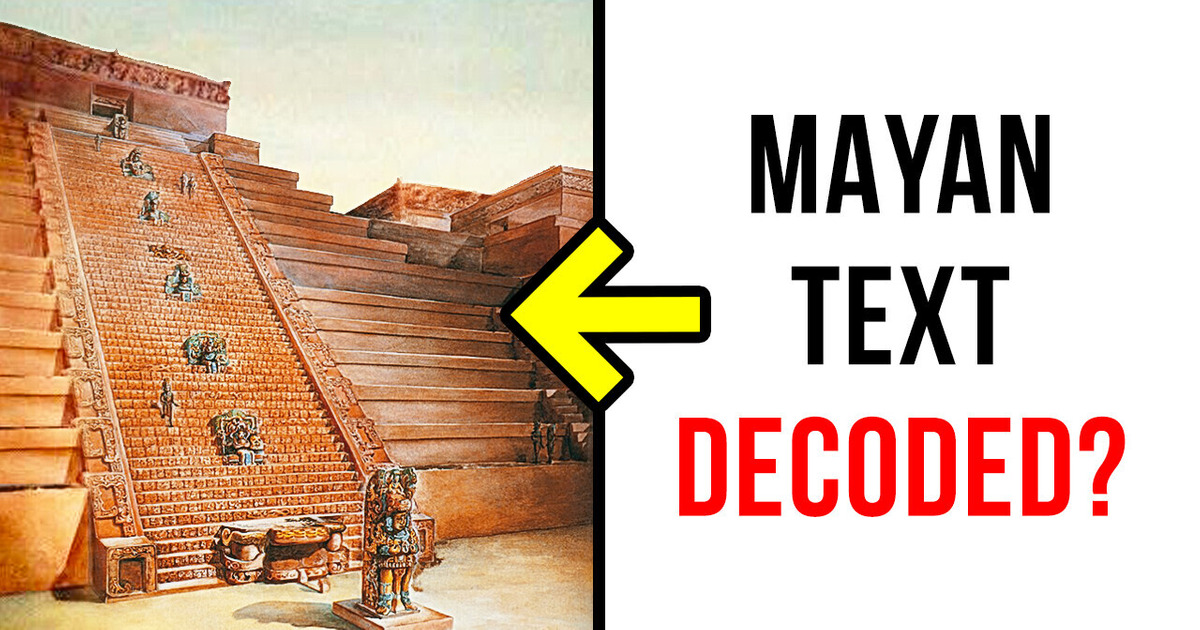
Back in the 1800s, a bunch of super old artifacts with some weird symbols on them were found on Easter Island. You know, that tiny island you might have heard of, with the gigantic statues, called the moai?
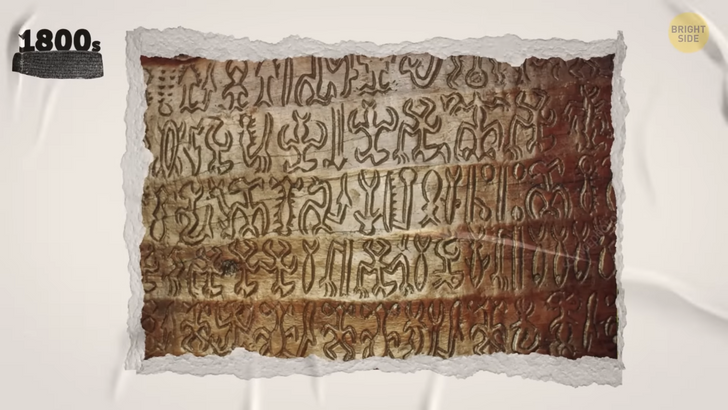
These symbols seem to be some kind of writing, but nobody’s been able to figure out what they mean yet. Some scientists even think that if we crack the code, we might finally uncover the secrets behind the downfall of the ancient Easter Island society. So let’s put on our detective hats and get to work, shall we? This mysterious script is called the Rongorongo. It was discovered by a French man in the 19th century. He stumbled upon twenty-six wooden tablets covered in weird hieroglyphs during his trip to the island in 1864.
The locals seemed to have drawn pictures of animals they had never seen before on the tablets using sharp stones and gave each one a unique name. He thought they were pretty cool and suspected that they might be a remnant of some ancient writing system. Another fun fact about Rongorongo — it’s a word that comes from the local language of Easter Island, and it means “to recite, to declaim or to chant out.” The wooden tablets on which these glyphs were found might not have been in the best shape when they were discovered — some were weathered, burned, or damaged.
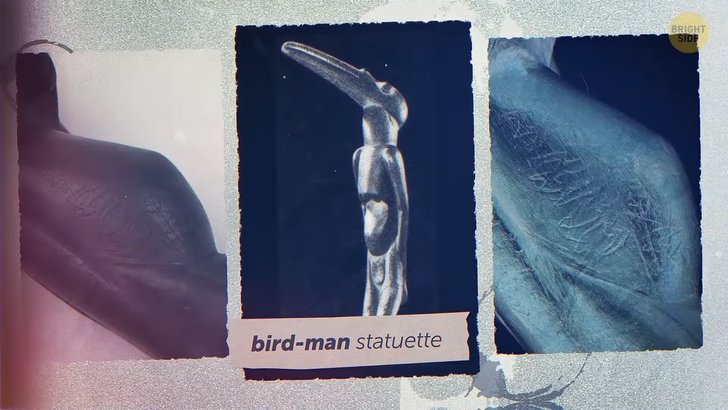
The glyphs were also spotted on a bird-man statuette and two other ornaments. These “words” were written in-between lines on the tablets. Some of them were even ridged, with the inscriptions falling within channels created by the fluting. The images themselves are shaped like humans, animals, plants, and geometric shapes — quite a diverse group! And here’s something interesting — every symbol with a head is oriented with the head facing up, either forward or to the right. The orientation of the writing is itself weird. According to a local tradition, the tools used to make the carvings were obsidian flakes or small shark teeth.
Deciphering these glyphs has proven to be a bit of a head-scratcher. Three big barriers make it tricky: the limited number of texts overall, the lack of illustrations and context to help us understand them, and the fact that the language used on the tablets is not well-known. Some people even think that these glyphs aren’t “real” writing, but more like fancy symbols that don’t have any real language behind them. It was also suggested that they might have been used as a sort of memory aid or just for decoration.
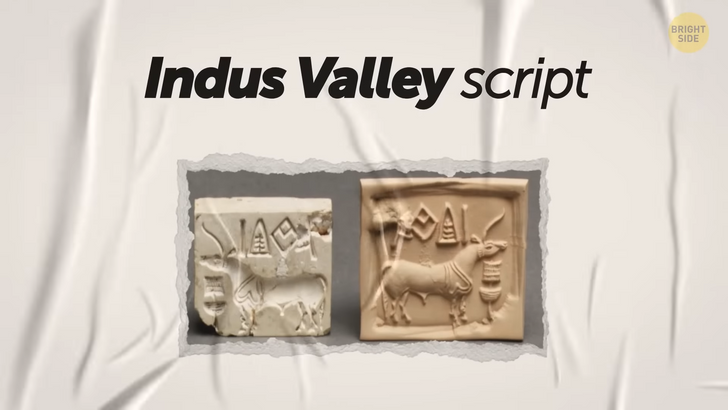
The way they’re so carefully carved into the tablets makes it clear that the people who made them wanted to get a message — whatever that is — across. We’ll probably never know whether that message was just for funsies or to pass down important stories from one generation to the next. Researchers have been struggling with this ancient script for a while now, but it seems they’ve made some progress recently. They took a look at the tablets using all sorts of cool techniques like radiocarbon dating and found out that they were made between 1810 and 1870 from local wood.
One tablet, in particular, was in pretty rough shape. But the scientists created a 3D model and managed to spot some hidden glyphs that weren’t visible before. One researcher said they found some grooves that were probably used for writing. Just like drawing lines on a blank piece of paper to make sure your writing is perfectly horizontal. Another super mysterious script that scientists have yet to decipher is called the Indus Valley script. It’s made out of a bunch of symbols that were used by the ancient Indus Valley Civilization, but specialists are not entirely sure what their purpose was.
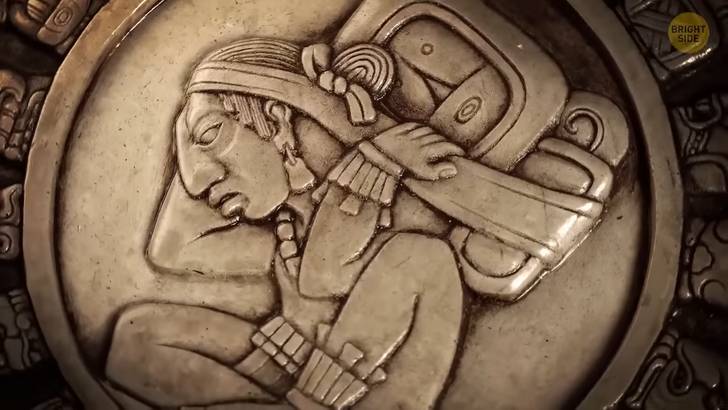
For starters, the symbols are crazy short, so it’s hard to figure out if they represent a full language system. Also, there’s no other similar writing to compare it to. Various inscriptions from different periods also show that it hasn’t changed much over time. Some folks think it might not even be language-related at all, while others think it could be part of the Dravidian family of languages typical of South Asia.
Linguists have also been working for centuries trying to figure out the mysterious hieroglyphics left behind by the Maya on monuments, pottery, and bark-paper books. As we decode more and more of these ancient symbols, we’re gaining a deeper understanding of the Maya civilization’s social and historical aspects.
For the longest time, many scholars thought that the Maya script wasn’t even a language at all! Who can blame them though? Those glyphs are seriously complex and visually striking. But, thanks to the groundbreaking work of a skilled ethnologist in the 1950s, we now know that the script is phonetic. It’s a way of spelling words where each letter represents a sound you make when you say it out loud.

As more and more linguists started taking an interest in the script in the 70s and 80s, it became clear that it was a fully functioning writing system that could express any spoken sentence with clarity. There’s still a lot of decoding left to be done! With countless carvings and inscriptions still waiting to be deciphered in jungle ruins and museum closets, there’s no telling what other secrets we might uncover about this fascinating civilization.
Back in 1908, an Italian archaeologist went on an adventure through the ruins of an ancient palace on the south coast of Crete. Among the dust and ashes in an underground depository, he stumbled upon something pretty cool: a golden-hued disc that was almost intact! This disc has become one of the most famous mysteries in archaeology history — it’s called The Phaistos Disc. It’s a big clay plate that’s covered on both sides with a spiral of weird stamped symbols that circle clockwise towards the center.
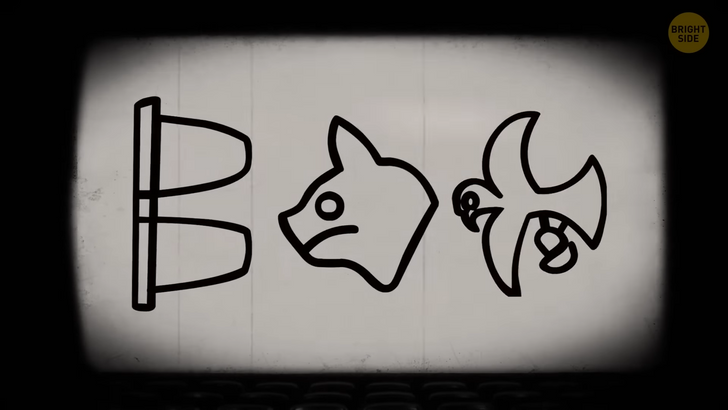
These symbols are pictograms that show all sorts of things, like a person walking, a tattooed head, a helmet, an arrow, manacles, cats, eagles, and more. But here’s the kicker: nobody has been able to translate the symbols! Since then, many scholars have made attempts to decipher the code, but no luck so far. It’s thought that the symbols might be part of Linear A — a script unconnected to any known language — but some experts suggest it could be syllabic writing related to various other languages, like Homeric Greek or Indo-European.
Thousands of years ago, there was a mysterious European culture called the Vinca culture. These folks were so cool that they even had their own writing system, which is still one of the earliest known in the world! But there’s a catch here too: you guessed it, no one has been able to decipher their script yet. The Vinca culture thrived thousands of years ago, and they were located in today’s Eastern European territory. They got their name from the village of Vinca, which was only a small distance downstream from Belgrade on the banks of the Danube river.
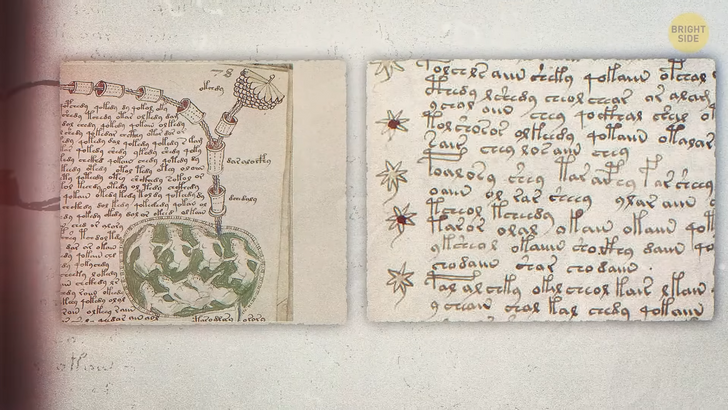
A team of Bulgarian archaeologists found recently a 7,000-year-old inscription covered in Vinca script! It’s the oldest find of its kind in Europe. These symbols were carved into a ceramic tile, and researchers believe they carry information about the local calendar and important events. The Vinca culture was seriously advanced — they even knew how to write on wet clay using a sharp object. It doesn’t seem like much these days, but it’s a lot to expect from people who lived thousands of years ago.
The Voynich Manuscript also caused quite a debate between linguists and historians. Is this old book proof of a long-forgotten civilization or just a clever prank? This manuscript is full of text that even the smartest codebreakers haven’t been able to figure out. Written way back in the 15th century, it was discovered by a book dealer named Wilfrid M. Voynich back in 1912 — hence the name. If it is a trick, it’s truly convincing — the handwriting is beautiful and there are even patterns in the text that match up with other languages.


